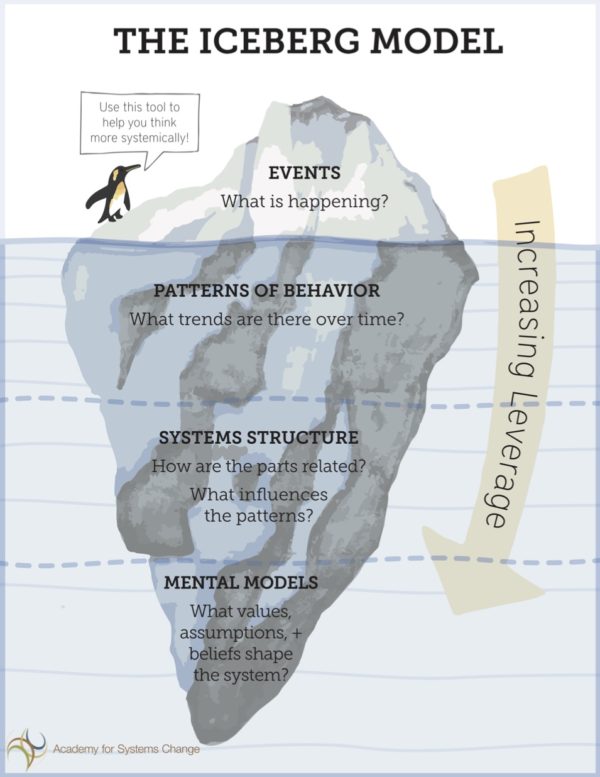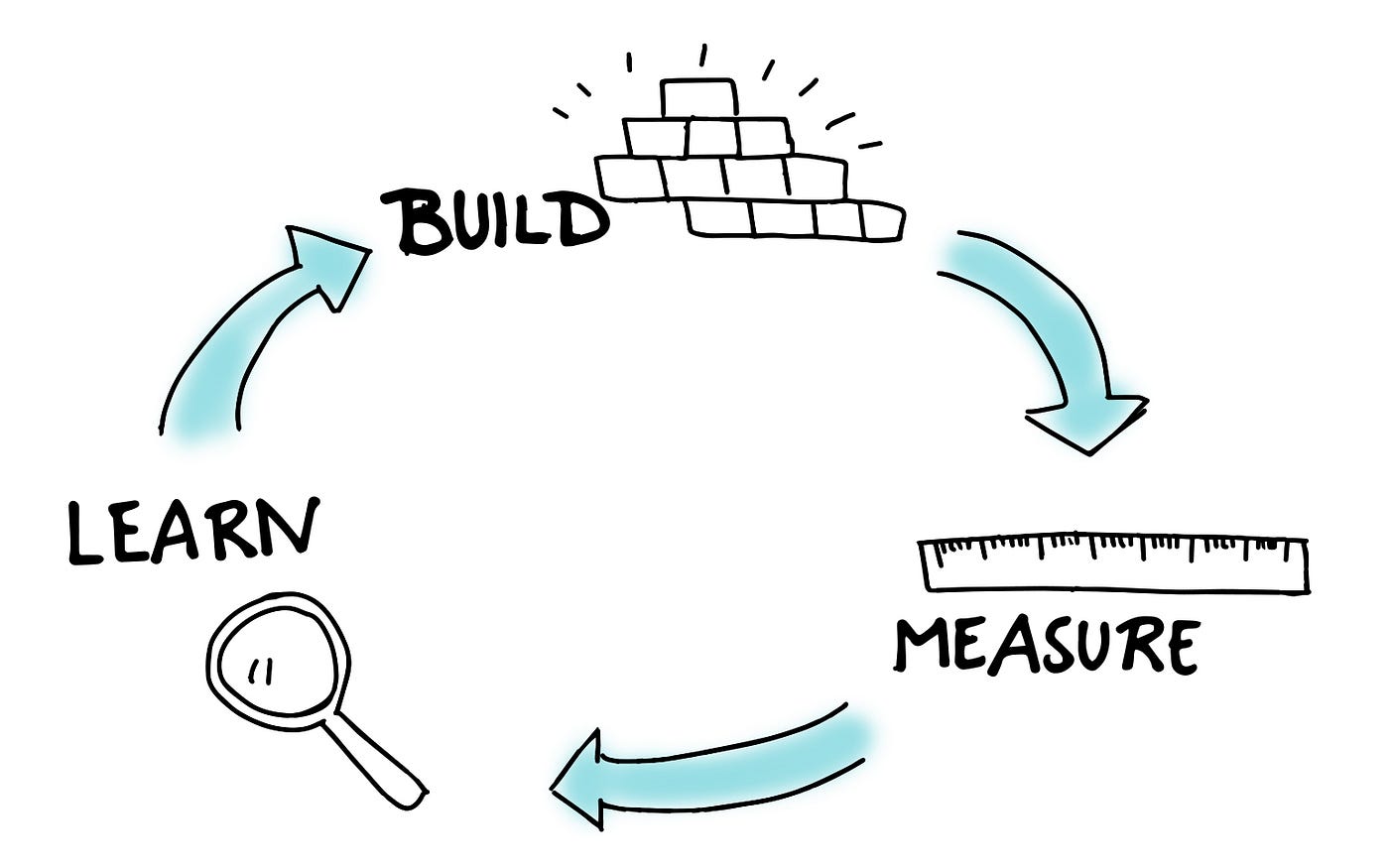Over the past decade, I've had the incredible privilege of leading a top-tier SaaS marketing agency. I've partnered with some of the most innovative B2B SaaS companies out there, helping them craft product narratives, positioning, and campaigns that don't just captivate customers, but also drive real, measurable business impact. It's been a wild ride filled with triumphs, challenges, and countless lessons learned.
One of the most transformative realizations I've had along the way is the immense power of strategically aligning product marketing with overarching company objectives. When you get this right, magic happens. Your product marketing efforts stop being a mere megaphone for features and start becoming a vital driver of company success. I've seen it time and again: product marketers who master the art of strategic alignment rise above their function and make an indelible impact on their organizations.

Find the strategic leverage points
The first step in aligning product marketing with company objectives is identifying the key strategic leverage points. These are the areas where a focused product marketing push can yield disproportionate impact on overarching business goals.
| Alignment Dimension | Key Questions | Strategic Considerations |
|---|---|---|
| Customer Needs | How does our product solve our customers' most pressing challenges? | Align product positioning with target customers' top priorities |
| Competitive Landscape | What are our key differentiators against competitors? | Highlight unique value proposition in product messaging |
| Market Trends | How is our product positioned to capitalize on emerging market trends? | Adapt product narrative to resonate with evolving customer demands |
| Sales Enablement | How can we equip our sales team to articulate the strategic value of our product? | Develop sales collateral that ties product features to business outcomes |
To look for these leverage points, start by thoroughly analyzing your company's strategic priorities. Look for objectives related to growth, profitability, market share, customer retention, or new market penetration. Then, map out how your product's unique capabilities can be harnessed to drive progress on these fronts.
For example, imagine your company has set an ambitious target of increasing average revenue per user (ARPU) by 30% over the next year. As a product marketer, you might identify an opportunity to contribute to this goal by launching a campaign promoting the value of your premium features and encouraging users to upgrade.
By proactively seeking out these strategic leverage points, you can ensure your product marketing efforts are laser-focused on the initiatives that will move the needle for your business.

Develop a Narrative Around Business Impact
Once you've identified the key areas where product marketing can drive outsized impact, it's time to craft a compelling narrative around the business value your efforts will deliver.
Far too often, product marketers get caught up in the features and functionalities of their offerings. While these details matter, they shouldn't be the centerpiece of your strategic alignment story. Instead, focus on painting a vivid picture of how your product marketing initiatives will tangibly advance critical company objectives.

Imagine you're spearheading the launch of a new AI-powered analytics module for your SaaS platform. Rather than getting bogged down in the technical intricacies, zoom out and articulate how this module will help the business:
- Boost customer retention by X% by providing users with actionable insights that enhance their success with your platform.
- Drive an X% increase in upsell revenue by demonstrating the value of advanced analytics and motivating users to upgrade.
- Strengthen your competitive differentiation and support a X% market share gain by offering unmatched analytics capabilities.
By framing your product marketing plans in terms of concrete business impact, you'll create a powerful alignment story that rallies internal stakeholders around your initiatives.

Collaborate Cross-Functionally on Shared Goals
Alignment isn't a solo endeavor. To truly harmonize your product marketing efforts with overarching company objectives, you need to collaborate cross-functionally with teams across your organization.
Start by building bridges with your counterparts in Sales, Customer Success, Product Management, and Executive Leadership. Share your alignment story and invite them to provide input and feedback. Ask about their priorities and explore how you can join forces to drive progress toward shared goals.
For instance, you might partner with Sales to develop a new pitch deck highlighting how your product's key differentiators help customers achieve their strategic objectives. Or you could collaborate with Customer Success to create onboarding materials that spotlight how your product can be leveraged to drive business results.
Here's an example of how you could structure a cross-functional collaboration plan:
| Team | Shared Goal | Joint Initiative |
|---|---|---|
| Sales | Increase win rate by 15% | Develop battlecard showcasing how our product helps customers achieve strategic goals |
| Customer Success | Boost retention rate by 10% | Create onboarding series highlighting success stories of customers leveraging our product to drive business impact |
| Product Management | Increase adoption of key features by 25% | Launch co-marketing campaign spotlighting how these features support strategic objectives |
By working hand-in-hand with your cross-functional peers, you'll ensure your product marketing efforts are integrated into a cohesive, company-wide push toward critical objectives.

Measure, Learn, and Iterate
| Stage | Objectives | Key Activities |
|---|---|---|
| Plan | Define strategic goals and initiatives | - Align with company objectives - Identify target metrics - Develop campaign plan |
| Execute | Launch and manage product marketing campaigns | - Coordinate cross-functional efforts - Monitor campaign performance - Adjust tactics as needed |
| Analyze | Measure and evaluate campaign impact | - Gather data on key metrics - Conduct qualitative feedback sessions - Identify areas for improvement |
| Optimize | Implement learnings and refine approach | - Synthesize insights from analysis - Develop optimization recommendations - Incorporate learnings into future plans |
Aligning product marketing with company objectives isn't a set-it-and-forget-it proposition. It's an ongoing process of measurement, learning, and iteration.
As you roll out campaigns and initiatives, diligently track their performance against your strategic goals. Measure not just surface-level metrics like clicks and opens, but deeper business outcomes like retention rates, upsell revenue, and market share.
Regularly report on your progress to internal stakeholders, highlighting both your successes and your learnings. Be transparent about what's working well and what needs to be optimized. Use data to make a compelling case for continued investment in high-impact product marketing initiatives.
Over time, you'll likely need to adapt your alignment approach as company objectives evolve and new strategic priorities emerge. Embrace this as an opportunity to sharpen your skills and expand your impact. By staying agile and attuned to the shifting needs of your business, you'll position yourself as an invaluable strategic partner.
Aligning product marketing with company objectives is a powerful lever for driving business success. By identifying strategic leverage points, crafting impact-focused narratives, collaborating cross-functionally, and embracing ongoing optimization, you can ensure your product marketing efforts are in lockstep with your company's most critical goals.
Remember that making progress is more important than achieving perfection. Start small, experiment relentlessly, and let data be your guide. Over time, you'll develop an intuitive sense for how to harmonize your product marketing initiatives with overarching business objectives.
The road ahead may be challenging, but the rewards are immense. By mastering the art of strategic alignment, you'll shift your product marketing function from a mere megaphone for product features to a vital driver of company success. You'll create product narratives, positioning, and campaigns that don't just resonate with customers, but tangibly advance the goals that matter most to your business.
FAQ
- Q: What is the first step in aligning product marketing with company objectives?
A: The first step is to identify the key strategic leverage points where product marketing can make the most significant impact on company goals. - Q: How can I develop a compelling narrative around the business impact of my product marketing initiatives?
A: Focus on articulating how your product marketing efforts will drive specific, measurable outcomes that advance critical company objectives, such as increasing customer retention or boosting upsell revenue. - Q: Why is cross-functional collaboration important for aligning product marketing with company objectives?
A: Cross-functional collaboration ensures that product marketing efforts are integrated into a cohesive, company-wide push toward shared goals, leveraging the expertise and resources of teams like Sales, Customer Success, and Product Management. - Q: What metrics should I use to measure the impact of my product marketing initiatives?
A: Focus on metrics that tie directly to business outcomes, such as customer retention rates, upsell revenue, market share, and feature adoption rates. - Q: How often should I review and adapt my product marketing alignment strategy?
A: It's best to review and adapt your alignment strategy regularly, such as quarterly, to ensure that your efforts remain in sync with evolving company objectives and market conditions. - Q: What's the best way to get buy-in from other teams for my product marketing alignment initiatives?
A: Clearly communicate the business impact of your initiatives and how they support shared goals. Involve other teams early in the planning process and seek their input and feedback. - Q: How can I ensure that my product marketing efforts resonate with our target customers?
A: Conduct thorough customer research to understand their needs, preferences, and pain points. Align your messaging and positioning with the key value propositions that matter most to your target audience. - Q: What role does data play in aligning product marketing with company objectives?
A: Data is critical for measuring the impact of your product marketing efforts, identifying areas for optimization, and making informed decisions about future initiatives. Regularly track and analyze key performance indicators to guide your alignment strategy. - Q: How can I stay agile in my approach to aligning product marketing with company objectives?
A: Embrace a culture of experimentation and continuous learning. Be open to trying new tactics, measuring their impact, and quickly adapting based on the results. Foster a mindset of flexibility and adaptability within your team. - Q: What's the key to long-term success in aligning product marketing with company objectives?
A: The key to long-term success is to make alignment an ongoing process, not a one-time event. Continuously monitor, measure, and optimize your efforts, and stay attuned to shifts in company priorities and market dynamics. By embedding alignment into the core of your product marketing function, you'll be well-positioned to drive sustained business impact over time.






